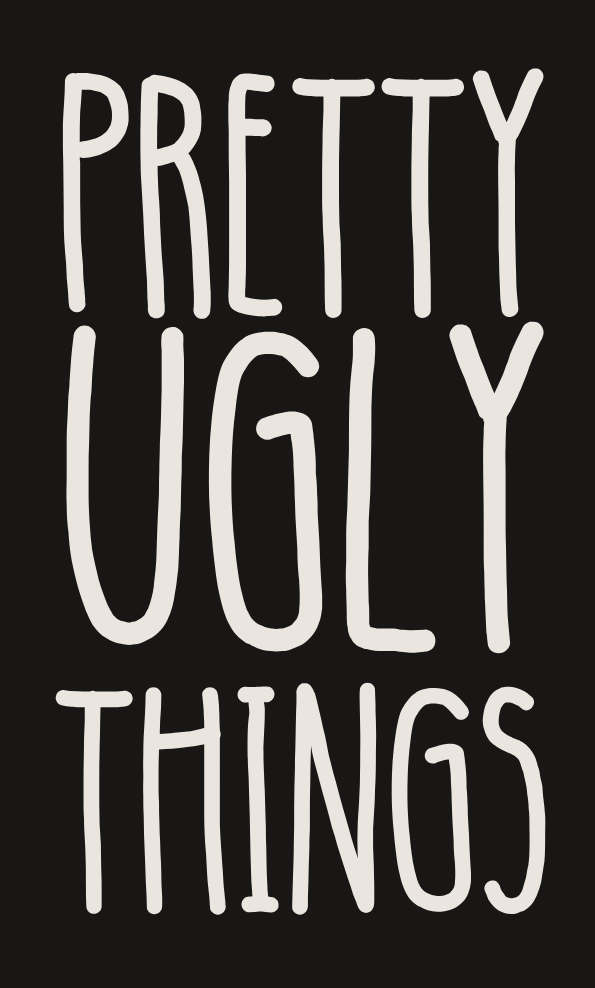'Hidden Forest' Weardale fluorite twins
'Hidden Forest' Weardale fluorite twins
Couldn't load pickup availability
Locality: Hidden Forest Pocket, Diana Maria Mine, Weardale, County Durham, England
Approx size: 3/4–1" (1.25" acrylic mounting except Option A which is 1.5")
Approx weight: 12–20g (Option A about 30g)
❗Sunlight will fade the color in fluorite. Keep sun exposure brief; do not display in a sun-exposed location (even if it looks cool!)
Weardale is among the most renowned sources for fluorite among collectors, producing gemmy cubic crystals with Jolly-Rancher colors and strong UV reactivity. These twinned cubic crystals come via UK Mining Ventures, who currently own and operate the famed Diana Maria, Lady Anabella, and Rogerly mines in Weardale.
The Hidden Forest Pocket is part of the Greenbank Vein in the Diana Maria mine. The name of the pocket refers to the fluorite's rich green color, which was hidden beneath a layer of low-quality calcite. This in fact helped to protect the fluorite, so the pocket produced many crystals free of the damage like nicks, bruises, and cleaved corners common to fluorite.
Hidden Forest fluorite is typically vivid emerald green color with blue daylight fluorescence. Daylight fluorescence means the material reacts to the UV in sunlight, taking on an other-worldly intense cobalt blue glow.
Color zoning can be detected inside many of the fluorite crystals. The signature zoning of the Hidden Forest Pocket is a thick outer layer of vibrant green with an inky lavender-purple core, and a thin yellow band between; that pattern is apparent in several of these crystals. (See Option D for example; Option F is discounted because it's a bit smaller and looks like she doesn't even go here).
'Twinning' is very common in Weardale fluorite and means that two or more fluorite crystals have intergrown, and actually share the same crystal lattice. They appear as though one cube is embedded inside the other, so that its corners poke out of the faces of the other cube. The crystals are marked by geometric striations across many faces, easiest to view in reflected light. These striations radiate out from where the edge of the intersecting crystal breaks the surface of the face.
You may see small pits spotting the faces of your specimen; under magnification they are inverted four-sided pyramids—basically, half of an octahedron. This is caused by natural etching just like trigons in diamonds, and the etch pits can cover the face enough to cause a sheen effect. Etching also causes the diagonal cross-hatched pattern on the face of some crystals, as the etching effectively highlights the mineral's natural cleavage planes.
UV Reactivity: Weardale fluorites have high rare earth element content, contributing to their strong UV reaction. These Hidden Forest specimens react with a strong light blue glow under several UV wavelengths, and they are very bright when exposed to a powerful 365nm UV light. I detected weak to moderate phosphorescence that lingers several seconds (5+ secs) after exposure to 365nm.
☀ The daylight fluorescence effect was photographed on a cloudy day; I find the glow appears the most intense in indirect or diffused sun—for example, enjoy your fluorite outdoors on an overcast day, or near a window indoors.






















